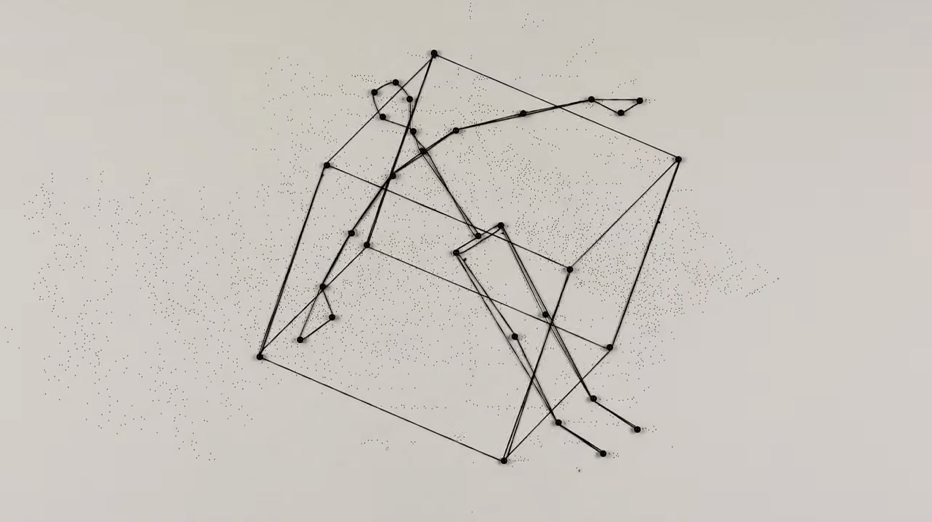What Do Fossil Footprints & Your Stories Have In Common?

Ichnology is the study of fossils left by movement: wriggle marks and burrows, nests and trackways. It is how we reconstruct, from footprints, how a herd of dinosaurs arranged themselves in rings to guard their young; how fast that herd was hunted by the length between the footsteps of its predators. Like zen calligraphy, a few quick gestures trace the spirit of the moment, capturing a record of the movement and transcribing it across millennia.
We brush away the dirt and close the circuit of a simply given, ancient and ineffable transmission: evidence of life in rock, a glimpse of time beyond imagination and the drama of existence, joining every living thing in solidarity. It’s humbling to participate in moments of discovery like that; it puts the occupying struggles of the everyday in place, reducing them to nothing. On the kind of rosy badlands morning where the angled light throws fossil tracks in sharp relief, the silence of the open space is louder than the stories that we drag out there with us from city life.
But story is resilient; like a dandelion volunteering in the yard, it has a tendency of growing back. And one can only rest within the transcendental mystery, encountering the world before we named and measured it, the vast and awesome wordless depths of life and time, so long before the narratives begin to grow: “Here must have been an ancient beach.” “Here you can see where this one limped a little.” It’s instinctual and automatic, just like how we pull a story from a single photograph, like breathing. It’s as natural as the sage and dust and wind. It’s also just as fragile and ephemeral and timeless, ripe with rich, fluorescent being.
Created or discovered? These are categories, just more reflex action of a mind uncomfortable with the bottomlessness of experience, another raft of thought afloat on oceanic mind without an explanation. Every tale we piece together of prehistory from the traces that remain is no more real, and no less guess-work, than the stories of our own identities – extrapolations, inferences drawn from recognizing patterns, vesicles of meaning we produce as effortlessly and unwittingly as burrows, nests, or trackways. The people we believe ourselves to be are every bit as hypothetical as what we write in scientific papers in reports on the impressions left in mud a hundred fifty million years ago, the product of detective work so casual and so in-born we rarely even notice how we clothe the naked brilliance of our lived experience in layers of assumptions. The stories that we tell are crapshoots.
Be a good ichnologist while watching “Change Is Everything,” the music video from Son Lux, and observe in real-time as your storytelling instinct puts together objects, characters, and landscapes from the moving images of pins and string. The tracks are everywhere: the starry fields of pinholes left by animators as they move their physical effects; but also in the tracers left by moving frames of video upon your retina; but also in the subtle flow of thoughts that come together as the autonomic processes of meaning-making tag your lived experience with nouns and verbs. What happens if you let that silence, in the gap before you settle on a version of the truth, last just a little longer? If you let the fossils speak before you interrupt them?
Michael Garfield is an evolutionary biologist, live painter, experimental guitarist, and the host of Future Fossils Podcast. Explore and follow his work at Patreon.